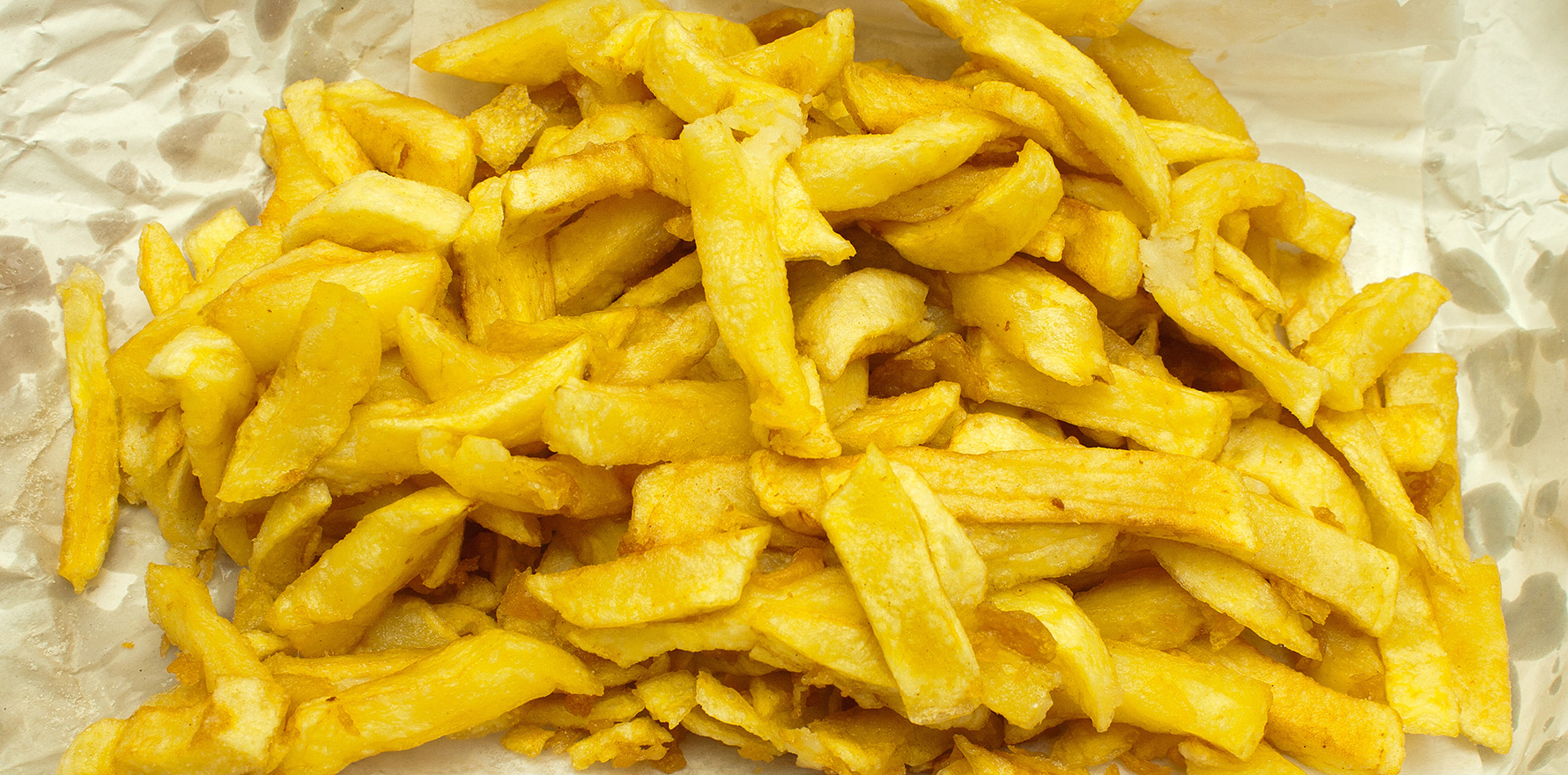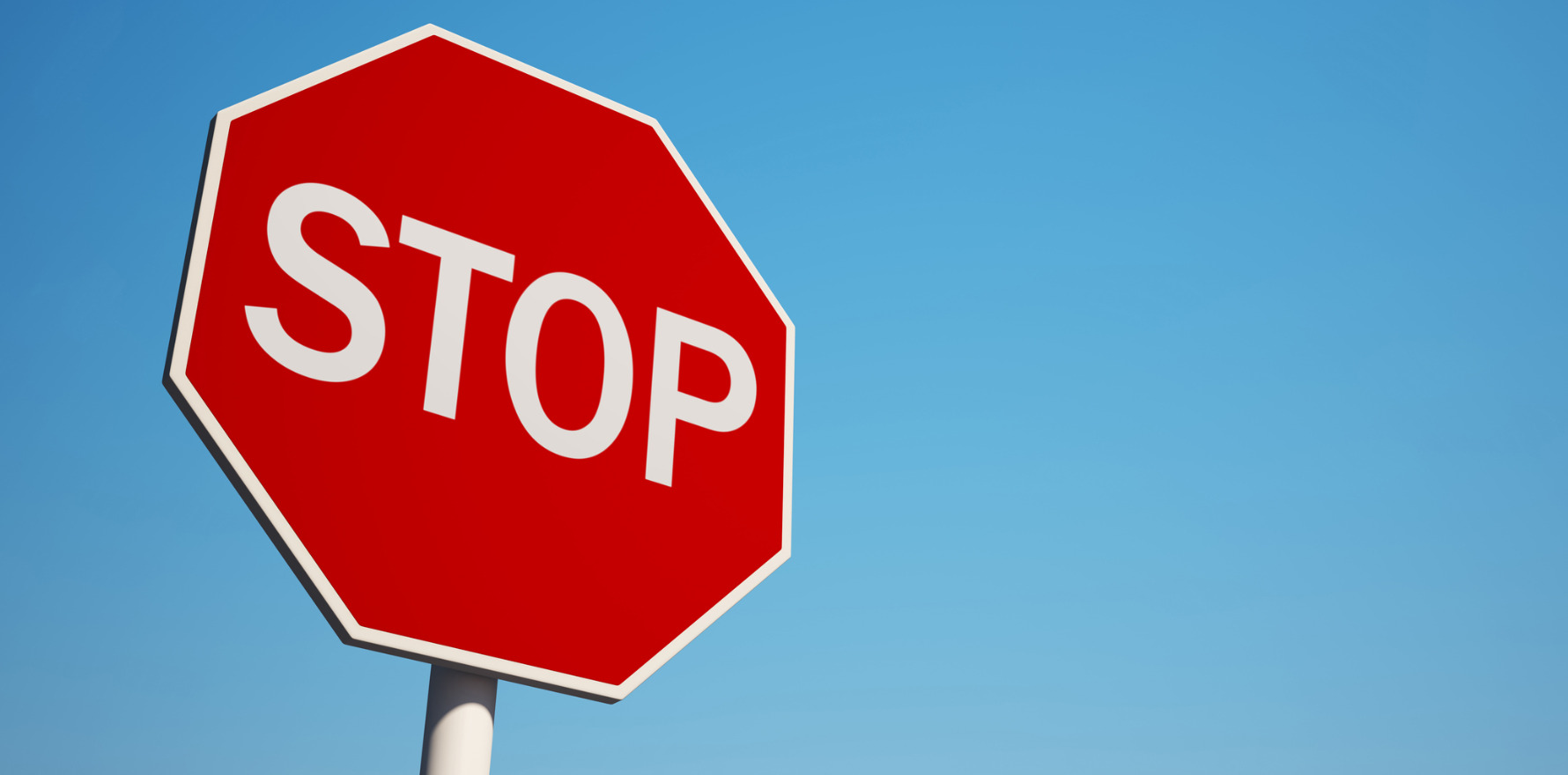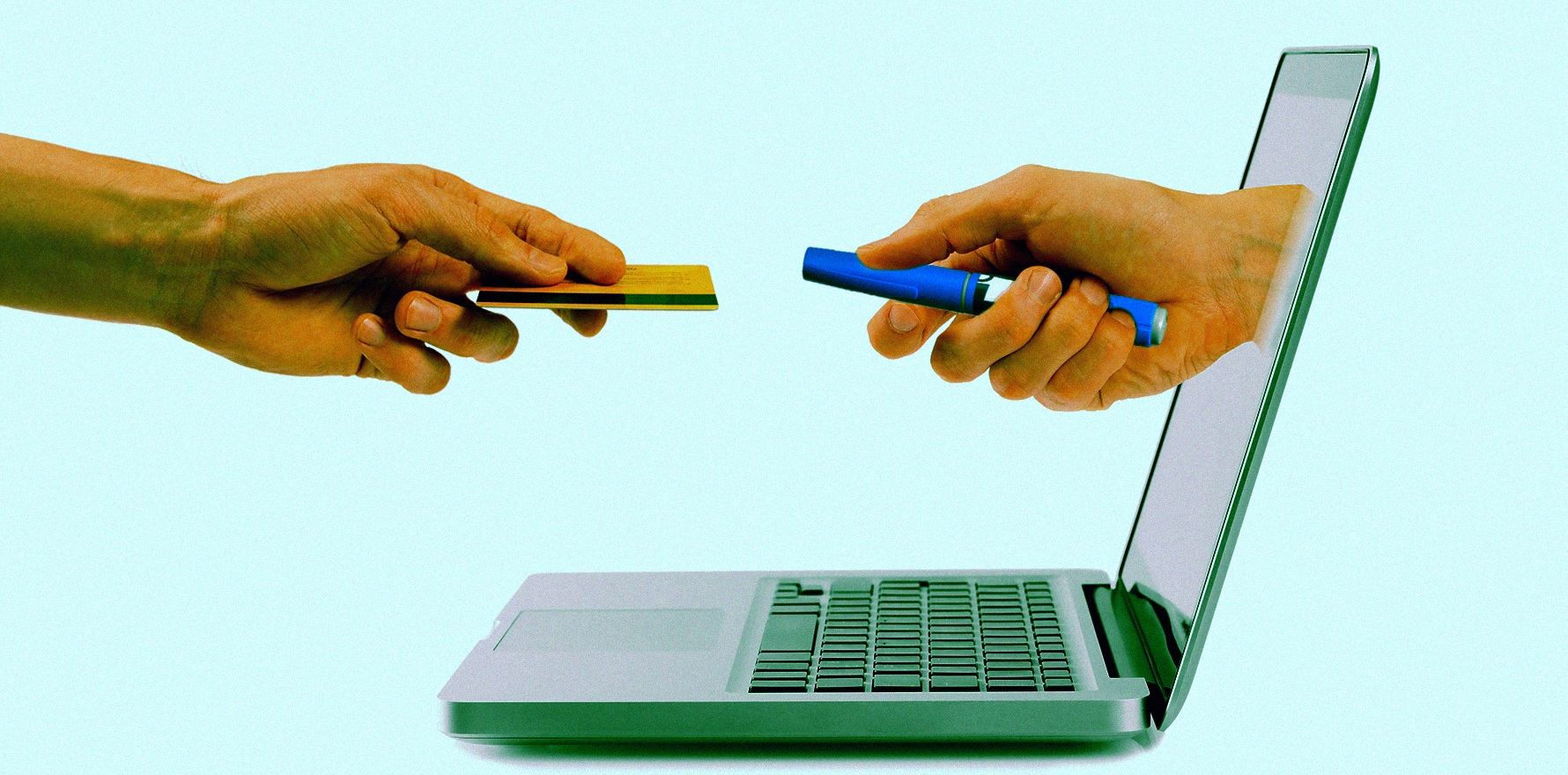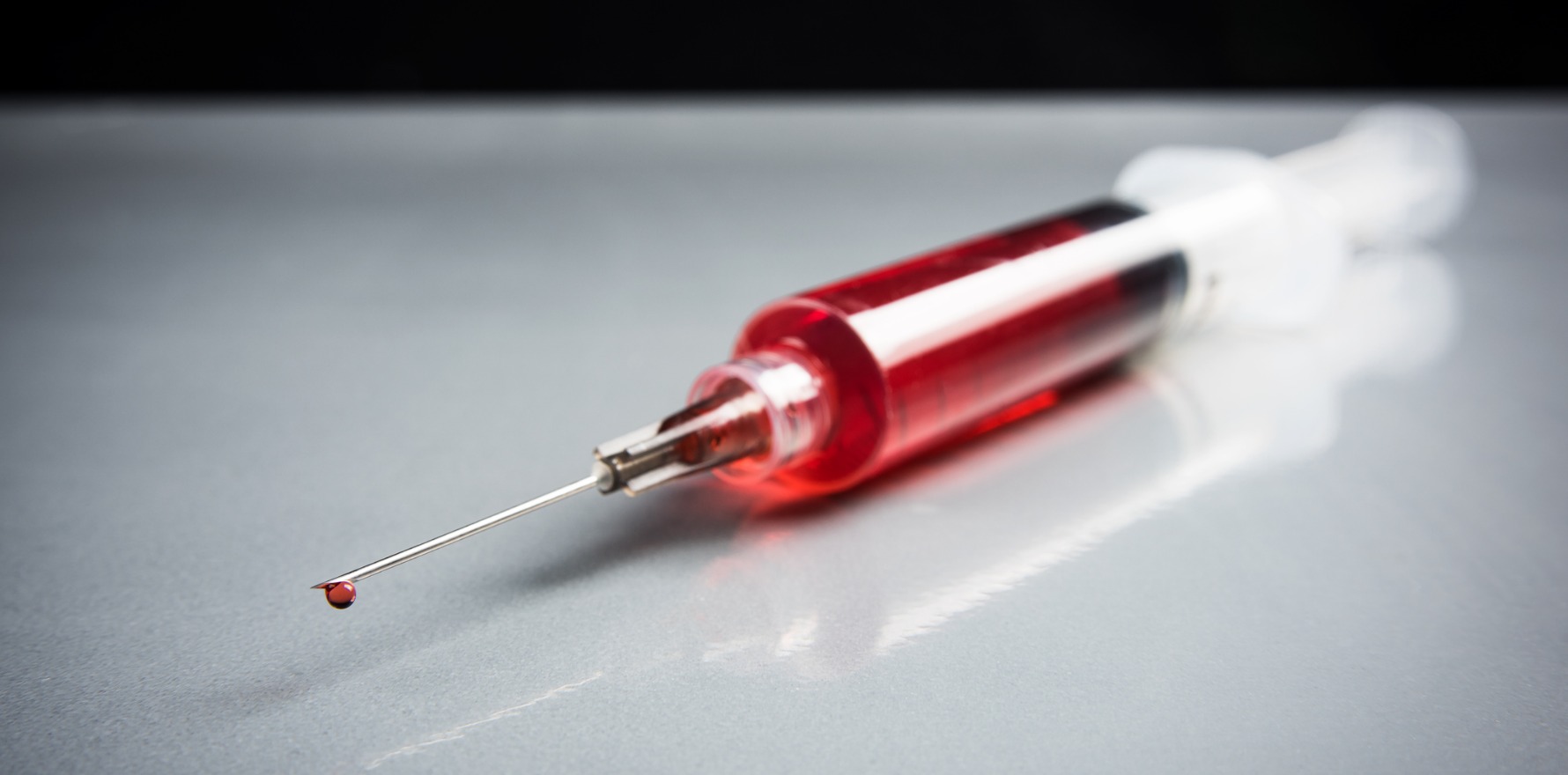As the GLP-1 agonist shortage approaches its third birthday, the WHO is warning of dodgy products the world over.
Australians might have it bad when it comes to actually getting their hands on blockbuster diabetes and weight-loss drug Ozempic, but the upside is that they only pay 8% of the US price.
The Novo Nordisk-sponsored drug was the first of a new generation of GLP-1 agonists to hit the shelves across the world.
According to Harvard’s Health System Tracker, Australia has the second-lowest list price for Ozempic across 10 comparable nations at around $130 for a one-month supply of the 1mg injectable formulation.
The cost is lowest in France, where a month’s supply sets the consumer back about $125.
Over in Blighty, a month of Ozempic would set one back by about $140.
The major outlier is the US, where the list price is $1405 per month, about five times more than the next most-expensive country, Japan, where it costs about $250 per month.
Piecing together why Australians seem to have a pretty good deal is difficult.
Australia’s PBS is a notoriously powerful negotiator and is typically able to use its status as the single buyer to force prices downward.
This is how Australia secured breakthrough hepatitis C drugs at a per-patient cost around a 10th of that in similar countries.
But that only works for drugs going on the PBS.
Ozempic is only approved in Australia for insulin-resistant type 2 diabetes, meaning that anyone prescribed Ozempic for weight loss in Australia is outside of that umbrella.
It’s also possible that it’s cheaper in Australia because supply has been particularly unstable here. The price is academic if there is no product.
Another potential factor was Australia’s booming semaglutide compounding market, which Novo Nordisk has repeatedly criticised in letters to the Department of Health and Aged Care.
Related
Last month, Health Minister Mark Butler announced a snap ban on the compounding of all GLP-1 RAs following vision from a TGA raid that showed filthy lab conditions.
The raid followed extensive reporting about scammers who took advantage of the medication shortage and mailed patients counterfeit compounded products.
Australia is not the only country affected by scammers, with a new World Health Organisation alert out for fake semaglutide being sold in Brazil, America, the UK and Northern Ireland.
Unlike the janky unmarked red vials that characterised Australia’s biggest Ozempic scam, the fakes WHO is warning against look extremely similar to the real thing.
Its top tips for identifying falsified products were:
- Checking whether the preloaded pens include a scale that extends out when setting the dose. This is not a feature of the real product.
- Assessing the label quality; a poor quality or not-too-sticky label is a telltale sign of a dupe.
- Spelling mistakes on the front of the box are also a giveaway.
The WHO has also flagged certain lot numbers and serial numbers being used by scammers.
Ozempic has been in shortage since 2022. There is no end date in sight, with the TGA predicting scant supply for the rest of 2024.
Some semaglutide products’ patents will expire in 2026, and companies in India and China are racing to develop biosimilars to compete with the original products.





